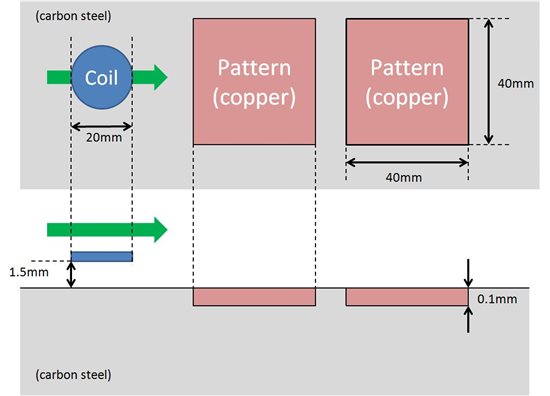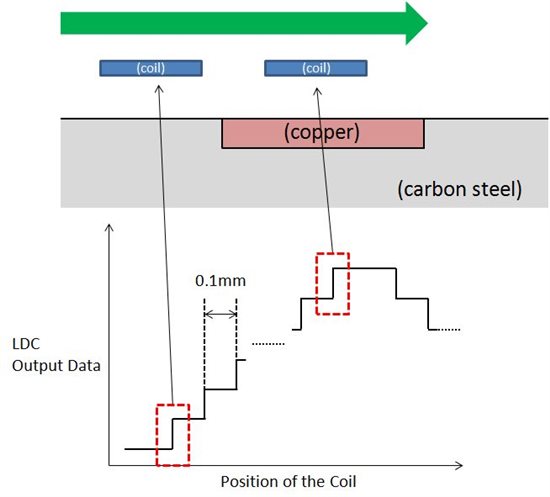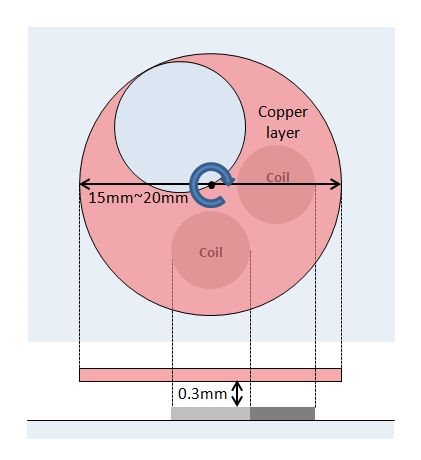Hi,
My customer want to detect pistons of cylinders by LDC1000.
In concretely, the pattern of cylinders is detected by the sensor of coils.
I attach the figure of the condition.
The detecting point is from beginning lap of coil and pattern to completing lap.
Please let me know lack of information.
Thanks,
Kuramochi




